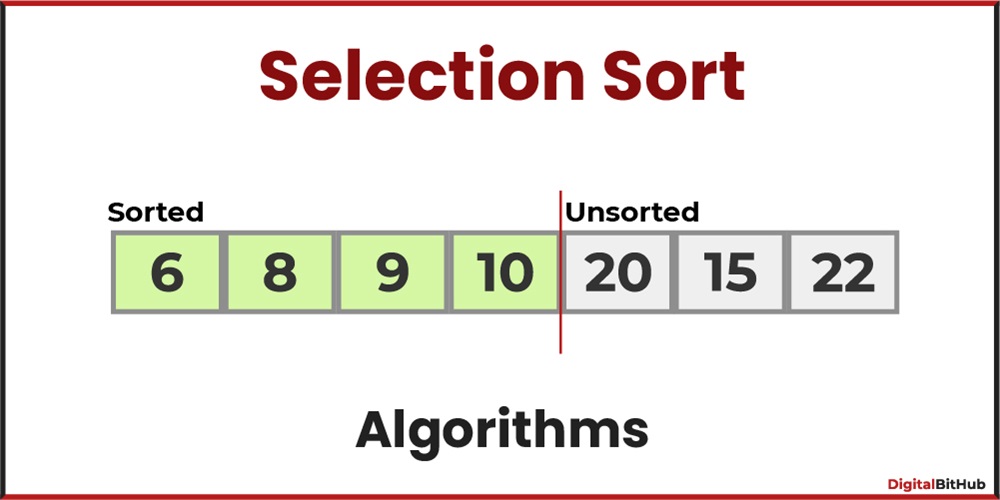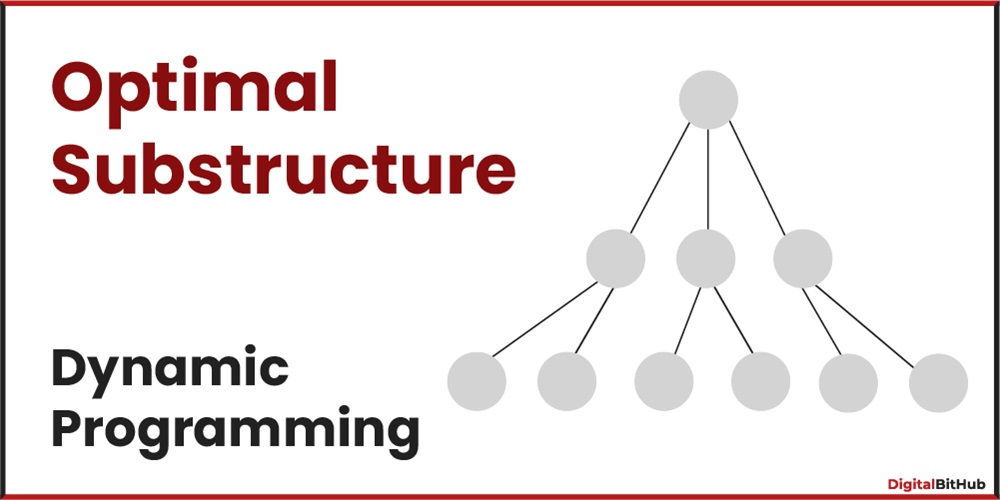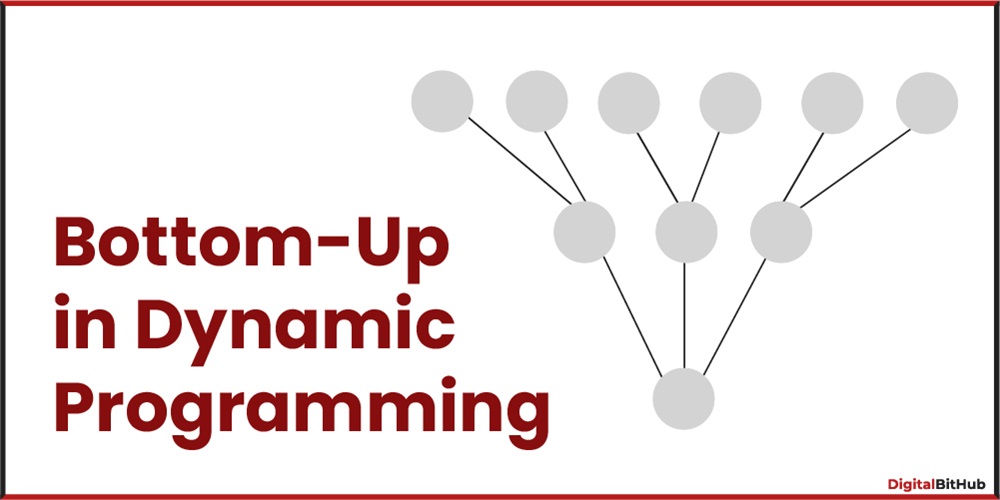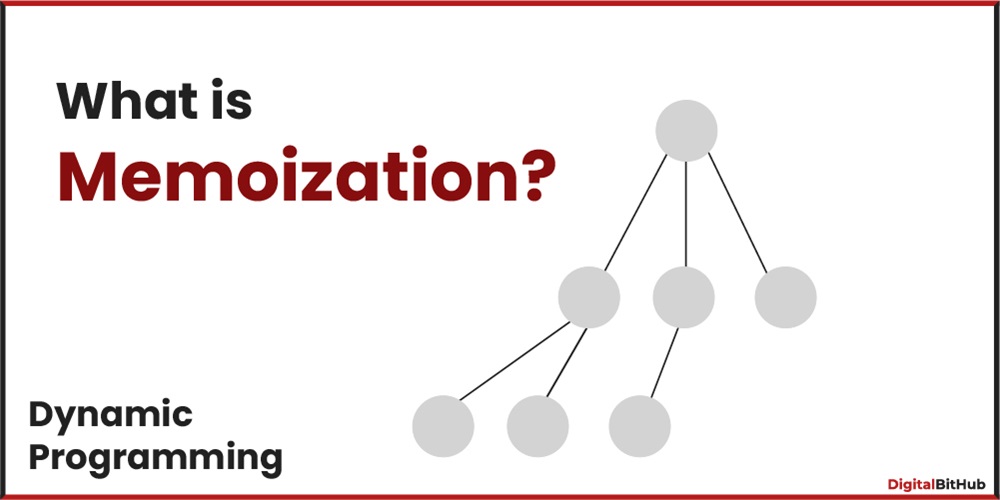JavaScript - The Language of the Web
JavaScript is a versatile programming language known for its ability to create interactive and dynamic elements on websites. Initially designed to run within web browsers, JavaScript has evolved into a powerful scripting language that is used to enhance the user experience by enabling real-time updates, form validation, and interactive content.
Key Points about JavaScript:
1. Client-Side Execution:
JavaScript works on the client side, executing within the user's web browser. It plays a vital role in creating responsive and dynamic user interfaces by manipulating the Document Object Model (DOM) of a webpage.
2. Browser Compatibility:
Supported by all major web browsers, including Chrome, Firefox, Safari, and Edge, JavaScript is a universal language fundamental to web development.
3. Event-Driven and Asynchronous:
JavaScript is event-driven, responding to user interactions such as clicks and keypresses. It also employs an asynchronous programming model, allowing non-blocking execution for improved performance.
Node.js - Extending JavaScript Beyond the Browser
Node.js, developed by Ryan Dahl in 2009, takes JavaScript beyond its traditional role in the client-side environment. It is an open-source, cross-platform runtime environment that enables JavaScript code execution outside of a browser.
Key Points about Node.js:
1. Server-Side Execution:
Node.js facilitates the execution of JavaScript on the server side, empowering developers to build scalable and efficient server applications. It utilizes the V8 JavaScript runtime engine from Google Chrome.
2. Event-Driven and Asynchronous:
Similar to client-side JavaScript, Node.js operates on an event-driven, non-blocking model. This architecture is particularly advantageous for handling concurrent connections, making it suitable for building real-time applications.
3. NPM (Node Package Manager):
Node.js comes with NPM, a robust package manager that simplifies the integration of third-party libraries and modules into applications. This extensive package ecosystem contributes to the popularity of Node.js.
Comparison of JavaScript & Node.js
Feature | JavaScript | Node.js |
|---|---|---|
Execution Environment | Client-side (in web browsers) | Server-side |
Primary Use Case | Enhancing user interfaces on websites | Building scalable server applications |
Runtime Environment | Browser's JavaScript engine (e.g., V8) | Node.js runtime environment (uses V8 engine) |
Event-Driven | Yes, responds to user interactions | Yes, operates on an event-driven model |
Asynchronous Model | Yes, asynchronous and non-blocking | Yes, follows an asynchronous model |
Browser Compatibility | Supported by all major web browsers | Not relevant, as it operates on servers |
Development Environment | Integrated into web browsers | Requires installation of Node.js runtime |
Server-Side Capabilities | Not designed for server-side execution | Enables server-side JavaScript development |
Package Manager | No built-in package manager | Includes NPM (Node Package Manager) |
Modules and Libraries | Limited compared to Node.js | Extensive ecosystem through NPM |
Use Cases | Front-end web development, browser automation | Back-end web development, server applications |
Dependency Management | Relies on browser support for dependencies | Utilizes NPM for easy dependency management |
Conclusion:
In short, JavaScript serves as the language of the web, executed on the client side to create dynamic and interactive user interfaces. Node.js, on the other hand, extends JavaScript to the server side, empowering developers to build scalable and high-performance server applications. Understanding the tradeoffs between JavaScript and Node.js will undoubtedly become a valuable asset in your toolkit as you navigate the diverse landscape of web development.










